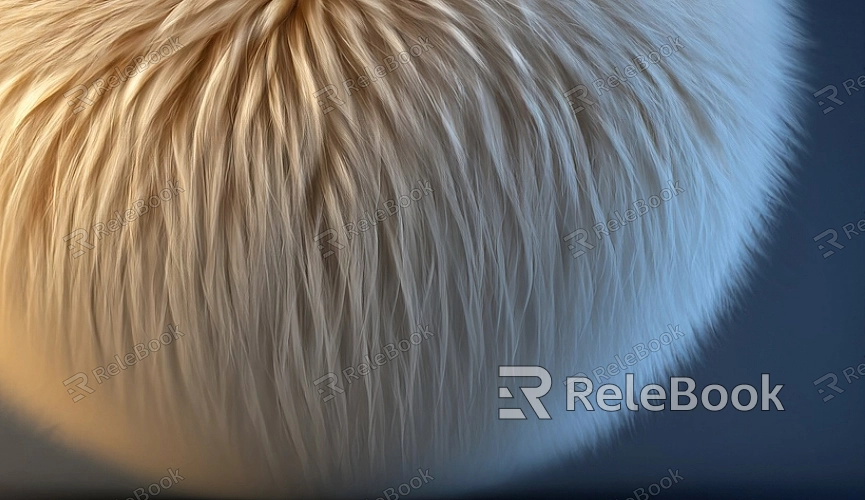Baking Hair to Texture in Blender
Blender is a powerful 3D creation software widely used for modeling, rendering, and animation. Within Blender, there's a fascinating and useful feature known as "Bake Hair to Texture." This article will introduce the concept, purposes, and how to use this feature in Blender.

1. What is Baking Hair to Texture?
Baking hair to texture is a process that calculates and converts attributes of hair models, such as color, lighting, shadows, etc., into texture maps. The goal of this process is to optimize rendering performance while maintaining visual fidelity, especially in complex scenes with a significant amount of hair or fur.
2. Features and Applications
Performance Enhancement: Baking hair to texture significantly improves rendering performance. By embedding the visual information of hair into textures, Blender can more efficiently handle and render complex hair models.
Resource Savings: Hair models often contain a substantial number of vertices and data, demanding high computational resources. Converting hair attributes to textures saves system resources, making scenes more fluid.
Animation Optimization: For projects involving animation, baking hair to texture can reduce computational burdens, resulting in a smoother animation creation process.
3. How to Use Baking Hair to Texture in Blender
Utilizing the "Bake Hair to Texture" feature in Blender is relatively straightforward:
1. Select the Hair Model: Open your Blender project and select the model containing hair.
2. Set up Materials: Ensure that the hair model has the appropriate materials, including color, transparency, and other relevant attributes.
3. Choose Hair Particle System: Go to the particle system panel and select the particle system containing the hair.
4. Open Baking Settings: In the rendering options tab, locate the "Bake" section. Choose "Hair" under "Bake Type" to enable hair baking.
5. Initiate Baking: Click the "Bake" button, and Blender will compute hair attributes and convert them into a texture.
6. Save the Texture: After baking, save the generated texture image. This texture can be used in subsequent rendering and animation projects.
Blender's "Bake Hair to Texture" feature provides a robust tool for optimizing the rendering and animation creation process. By converting the visual information of hair into textures, it enhances performance while allowing Blender to handle complex scenes more efficiently. The flexibility and user-friendly nature of this feature make it easier to balance the appearance and performance of hair during the creative process. If you're unsure about how to bake hair into textures in Blender, you can also start by downloading high-quality hair textures from Relebook and import them into Blender for reference.

